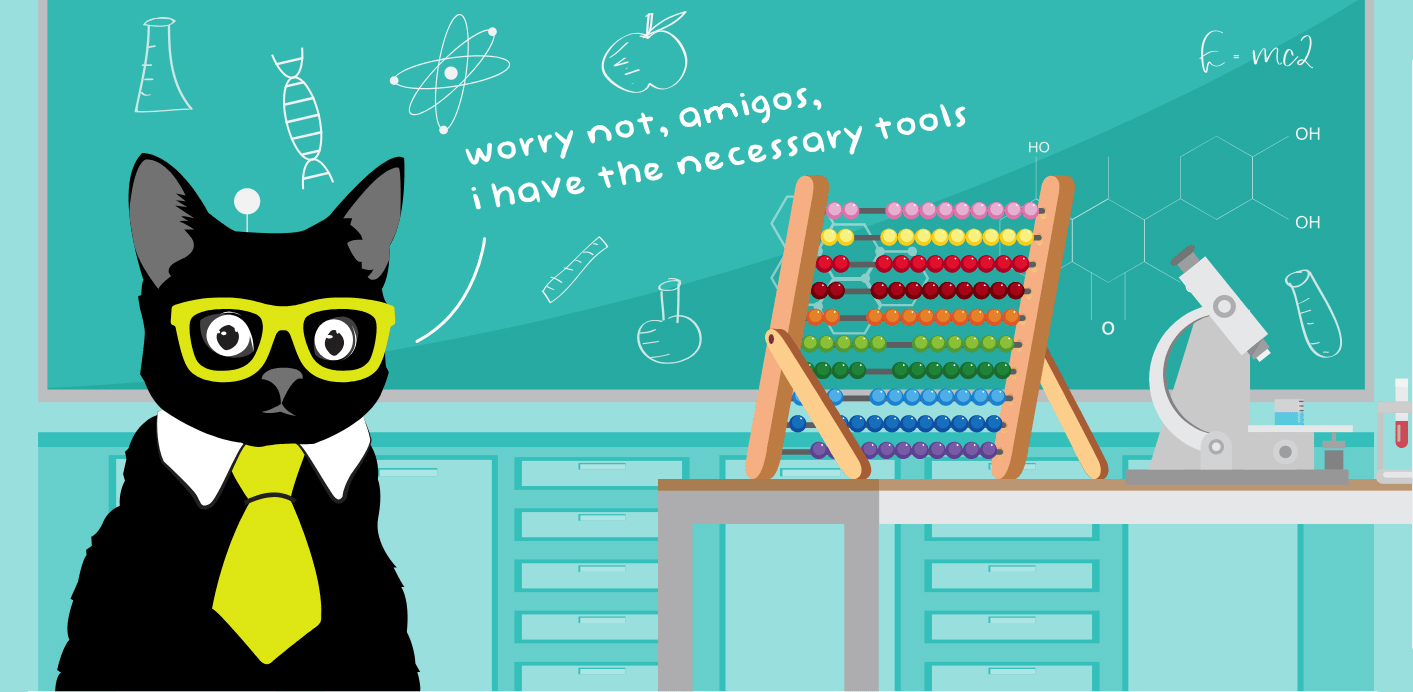What is FCR?
FCR (First Contact Resolution Rate or First Call Resolution Rate) tracks support requests that were solved during the first customer interaction.
FCR can be calculated for different support streams (such as phone, email, or live chat), and for different types of inquiries. Typically, it’s used in call centers to measure the percentage of customer calls that were resolved on the spot, without the need to follow up.

Why measure FCR?
When they contact customer service, customers nowadays expect fast and efficient service. FCR is an important indicator of how well your support team — or your call center — is meeting these expectations.
A high FCR indicates that your team is able to resolve customer issues quickly and effectively, which can lead to increased customer satisfaction and loyalty. The longer your customers have to wait for a solution, though, the more frustrated they become.

More than 30% of surveyed customer service professionals measure First Contact Resolution Rate (FCR). If you want to assess the efficiency of your support operations, set realistic goals, and im-purrr-ove your team’s ability to resolve issues in a single interaction — FCR measurement is the way to go.
How to calculate FCR?
To calculate your First Contact Resolution Rate, divide the number of customer inquiries resolved in a single interaction by the total number of customer inquiries received during a specific period of time.
The formula for calculating FCR:
(Number of inquiries resolved on first contact / Total number of inquiries received) x 100 = FCR %
For example, if your team received 500 inquiries in a month and was able to resolve 400 of those inquiries on the first contact, the FCR for that month would be (400/500) x 100 = 80%. This means that 80% of customer inquiries were resolved on the first contact.
It’s important to note that not all tickets are FCR-eligible, though. For example, sometimes customers make mistakes in their inquiries and it just isn’t possible for you to fix their problems at the first attempt.

FCR benchmark
Do you have your FCR score? Let’s see how it compares to other teams’:
According to the latest Customer Service Quality Benchmark Report, the FCR benchmark for 2023 is 70%.
Keep in mind that FCR benchmarks should not be the sole focus of your customer service team. The overall support quality is just as important as the speed of the response, especially in call centers.

How to improve FCR?
As mentioned, FCR measurement helps you assess the efficiency of your support operations. By making sure you solve more issues during the initial interaction, you can save time and effort for both your team and customers.
But, if your FCR score leaves something to be desired, we might have a few ideas on how to improve it. Based on the interviews with Ahmad Baydoun, a Contact Center Manager with 10+ years of experience, improving FCR comes down to the following:
1. Having a deep understanding of the issues at hand
The key to nailing FCR is understanding what the customers’ problems really are — and doing it fast. As soon as the agent can understand the customer service issue itself, they are (most probably) able to offer a solution immediately.
The issue is that customers have very different ways of expressing their concerns. They don’t always know how to explain what has happened or what they’re trying to achieve. In such cases, getting to the bottom of things takes time.
To make sure your support reps have enough information to help out, they have to ask the right questions. For example:
- What precisely is not working?
- What was the last thing that you did before the issue occurred?
- What happened after that?
- Can you see an error message or any other notification?
Asking the right questions and listening to customer feedback is crucial. But, being patient and empathetic is also a must here. Only when the customer understands the questions and knows how to give you the right answers, your team stands a chance to solve the problems during a single customer call or other support interaction.
⭐ Pro-tip: Create a decision tree for the most commonly appearing issues that will help you find the right solution by asking the right questions.

2. Acknowledging your customers’ feelings (and their wait time)
Wait time can have a huge impact on your customer satisfaction and their willingness to cooperate with support reps during the call.
The longer a person has been waiting for somebody to pick up the phone the hastier they are to get a quick solution to their problem.
Encourage your support reps to check how long the customer has been waiting before picking up the phone. They should be able to guess the customer’s cat-titude based on the wait time. The longer it gets, the more stressed-out customers are.
There’s an important thing to mention, though:
When you’re working with a disappointed or stressed customer, let them know that you are there to help. Instead of being apologetic for the wait time or for the problems the caller is experiencing, partner up with your customer to find the best solution for the issue at hand.
Position yourself on your customer’s side and you will be amazed by how the most negatively minded people will melt and start to collaborate with you. That’s the environment in which you can start to look deeper into the issues that your customer is having.
And that’s how you’ll be able to provide a solution within that first contact.

3. Having the answers handy
First things first, proper contact center training is crucial if you want to hit your FCR goals. Your team won’t be able to answer customer queries fast if they’re not fur-miliar with your products or services.
But, training equips the agents only with the basics — and that’s not always enough to solve customers’ issues within a single interaction.
Your support reps have to be ready to give answers about very nuanced features, functionalities, and situations on the spot. It’s borderline impossible for all contact center agents to be able to know all of this by heart. Regardless of how well they’re trained.
That’s why a comprehensive knowledge base and a customer service portal are integral parts of each successful customer service team’s toolkit.
Here are the key things to review and revamp in your contact center’s knowledge base if you want to improve your FCR:
- Central repository. Make sure you have all the necessary information available in one place. Agents won’t have time to browse different knowledge bases during a call.
- Structure of the information. All the data has to be easily accessible and findable by support agents. They will lose a lot of valuable time navigating your knowledge base if it’s not structured properly.
- Search capabilities. Looking for answers by keywords might be the most time-consuming way of finding help, but it could also be the only way out if you are lost in your own knowledge base. Have a keyword-based search ready as a safety net for times like this.
- Up-to-date information. Most call centers rely heavily on their knowledge bases; thus, the information stored there must be reviewed and updated regularly. Allow your contact center agents to flag the articles that are outdated and request new ones on topics that are currently missing from your knowledge base. Your agents are the best source of information when it comes to maintaining and improving your internal documentation.
⭐ Pro-tip: Include real-life customer scenarios in your training and knowledge base. This will help agents put the theoretical knowledge into use in actual customer interactions.

4. Taking individual FCR performance into account
Is your team adequately staffed, trained, and equipped with the right tools? If you’re still having issues hitting the FCR goal, try looking into the individual FCR performance of your customer service team members.
Break down your average FCR by support reps to see who takes the longest to respond to customers. The aim is to find out what’s slowing them down and suggest how they can improve their response time.
To get the full picture, you can also turn to conversation reviews and track other metrics like IQS and CSAT to assess the overall support quality. If your FCR is low but the support quality is high, customer issues might be too complex for your agents to solve in the first interaction. Try not to set unrealistic expectations for your team, then.

FCR limitations
While FCR can provide valuable insights into the effectiveness of support efforts, you should also be aware of its limitations.
To start with, FCR only shows whether a customer issue was resolved on the first contact. It doesn’t provide specific insight into the quality of the resolution or whether the customer was satisfied with the interaction. While resolving an issue quickly is important, failing to address the root cause or fully understand the customer’s concerns can lead to future ticket escalations and poor customer service.
Another limitation is that FCR may not be an appropriate metric for every type of inquiry or support channel. Some issues may require additional research or investigation that could not be resolved on the first contact.
Additionally, some support channels, such as email or social media, may require multiple interactions to address customer concerns comprehensively. Not to mention that some customer service inquiries or issues may require assistance from other teams or departments, making it more challenging to accurately measure FCR.
When evaluating customer service performance, the FCR rate can be a handy metric to consider. However, it’s important to remember that it’s just one measure among many and should be used with care. To avoid making false assumptions or reaching incorrect conclusions, combine the FCR rate with other relevant customer service metrics.

First Contact Resolution (FCR) explained
First Contact Resolution, also known as First Call Resolution, is one of the most important contact center metrics that can significantly impact other KPIs like CSAT.
The more cases your support team can resolve in a single contact point, the happier your customers will be. That’s why the investments you make to improve FCR — from proper call center agent training to a decent internal knowledge base — will pay off quickly.
However, it’s important to note that not all tickets are FCR-eligible, as some issues may require additional interactions or assistance from other teams. If you’re serious about customer satisfaction and support quality, make sure to track FCR along with other customer service metrics.



